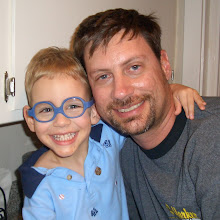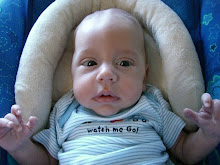I highly recommend this website http://www.about-cerebral-palsy.org/. It gives very simple explanations regarding all things pertaining to CP. It's geared towards pursuing medical malpractice lawsuits but it's terse, informative and easy to read.
What is the definition of cerebral palsy?
Cerebral palsy is a term used to describe a group of chronic conditions affecting body movements and muscle coordination. It is caused by damage to one or more specific areas of the brain, usually occurring during fetal development or infancy. It also can occur before, during or shortly following birth.
"Cerebral" refers to the brain and "Palsy" to a disorder of movement or posture. If someone has cerebral palsy it means that because of an injury to their brain (cerebral) they are not able to use some of the muscles in their body in the normal way (palsy). Children with cerebral palsy may not be able to walk, talk, eat or play in the same ways as most other children.
Cerebral palsy is neither progressive nor communicable. It is also not "curable" in the accepted sense, although education, therapy and applied technology can help persons with cerebral palsy lead productive lives. It is important to know that cerebral palsy is not a disease or illness. It isn't contagious and it doesn't get worse. Children who have cerebral palsy will have it all their lives.
Cerebral palsy is characterized by an inability to fully control motor function, particularly muscle control and coordination. Depending on which areas of the brain have been damaged, people with cerebral palsy may experience one or more of the following:
-Muscle tightness or spasm
-Involuntary movement
-Disturbance in gait and mobility
-Abnormal sensation and perception
-Impairment of sight, hearing or speech
-Seizures
-Involuntary movement
-Disturbance in gait and mobility
-Abnormal sensation and perception
-Impairment of sight, hearing or speech
-Seizures









No comments:
Post a Comment